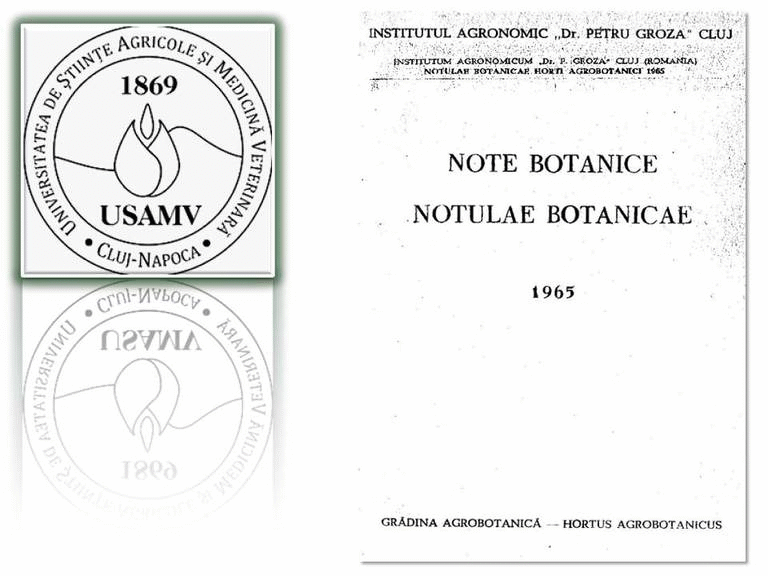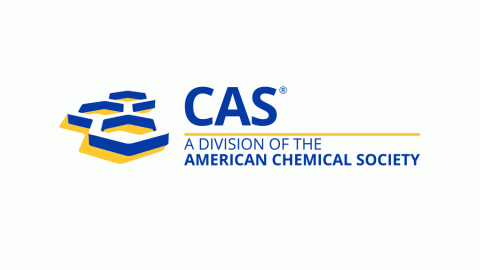Soluble Carbohydrates as Osmolytes in Several Halophytes from a Mediterranean Salt Marsh
DOI:
https://doi.org/10.15835/nbha3927176Abstract
Compartmentalization of toxic ions in the vacuole and accumulation of osmolytes in the cytoplasm is a common response of halophytes to high soil salinity. Soluble carbohydrates, such as sugars and polyols, are some of the compatible solutes used for osmotic adjustment and osmoprotection. Major carbohydrates were identified and quantified by high-performance anion-exchange chromatography, combined with pulsed amperometric detection (HPAEC-PAD), in five halophytic species from a Mediterranean salt marsh (Juncus acutus, Juncus maritimus, Plantago crassifolia, Inula crithmoides and Sarcocornia fruticosa). Sucrose, followed by glucose and fructose were the more representative sugars detected in J. acutus and J. maritimus, and sorbitol the only soluble carbohydrate present at significant levels in P. crassifolia. In the other two taxa analyzed, no clearly predominant carbohydrates were observed: polyols (myo-inositol and glycerol) seemed to be the most representative in I. crithmoides, albeit at relatively low concentrations, and sugars (sucrose and glucose) in S. fruticosa. Multivariate statistical analysis was used to correlate soil properties and meteorological conditions increasing soil salinity, with seasonal changes in carbohydrate contents, to establish their possible function as osmolytes and their contribution to salt tolerance in the investigated species. The obtained results confirmed sorbitol as the major functional osmolyte in P. crassifolia-as it has been described previously for other species of the genus-and suggested the participation of sucrose and, to a lesser extent, glucose and fructose in osmoregulatory mechanisms in J. acutus and J. maritimus.Downloads
Published
2011-11-21
How to Cite
GIL, R., LULL, C., BOSCAIU, M., BAUTISTA, I., LIDÓN, A., & VICENTE, O. (2011). Soluble Carbohydrates as Osmolytes in Several Halophytes from a Mediterranean Salt Marsh. Notulae Botanicae Horti Agrobotanici Cluj-Napoca, 39(2), 09–17. https://doi.org/10.15835/nbha3927176
Issue
Section
Research Articles
CITATION
DOI: 10.15835/nbha3927176
License
Copyright (c) 2011 Ricardo GIL, Cristina LULL, Monica BOSCAIU, Inmaculada BAUTISTA, Antonio LIDÓN, Oscar VICENTE

This work is licensed under a Creative Commons Attribution 4.0 International License.
License:
© Articles by the authors; licensee UASVM and SHST, Cluj-Napoca, Romania. Papers published in the journal Notulae Botanicae Horti Agrobotanici Cluj-Napoca are open access distributed under the terms and conditions of the Creative Commons Attribution License (http://creativecommons.org/licenses).

Open Access Journal:
The journal allows the author(s) to retain publishing rights without restriction. Users are allowed to read, download, copy, distribute, print, search, or link to the full texts of the articles, or use them for any other lawful purpose, without asking prior permission from the publisher or the author.











.png)







